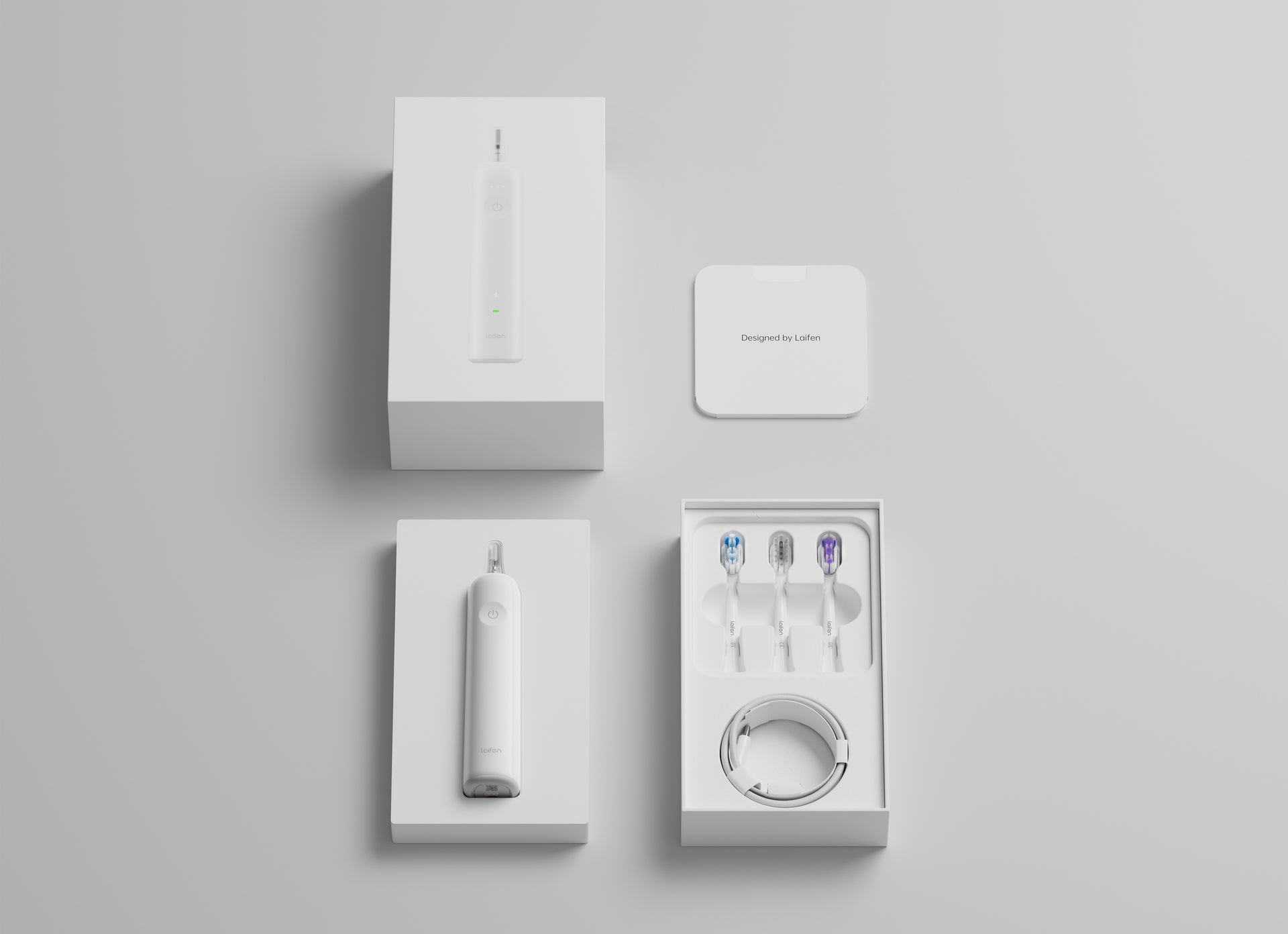Maintaining good oral health is essential for overall well-being. One of the most important tools in your oral hygiene arsenal is a toothbrush. While manual toothbrushes have been around for centuries, electric toothbrushes have gained popularity in recent years due to their effectiveness in removing plaque and bacteria.
Advanced Features for Effective Cleaning
Electric toothbrushes come in various shapes and sizes, with different features to suit individual needs. Some offer rotating brush heads, oscillating heads, or sonic technology that produces rapid vibrations. These advanced features help to thoroughly clean teeth and gums, removing more plaque than manual brushing alone.
Choosing the Right Electric Toothbrush
When choosing an electric toothbrush, consider factors such as the size of the brush head, the type of bristles, and the level of vibration or rotation that feels comfortable for you. It is also important to look for toothbrushes with built-in timers or pressure sensors to ensure you are brushing for the recommended two minutes and avoiding excessive pressure on your teeth and gums.
Convenience and Accessibility
An important benefit of using an electric toothbrush is the convenience it offers. The oscillating or vibrating motion of the brush head helps to remove plaque and food debris more effectively, reducing the risk of cavities and gum disease. Electric toothbrushes are also a great option for individuals with limited dexterity, such as children or the elderly, as they require less manual effort to use.
Proper Brushing Technique
In addition to choosing the right toothbrush, it is important to use proper brushing technique to maximize the benefits of an electric toothbrush. Hold the brush at a 45-degree angle to your teeth and gums, making small circular motions to clean all surfaces of your teeth. Be sure to brush both the outer and inner surfaces of your teeth, as well as the chewing surfaces. Don’t forget to brush your tongue to remove bacteria and freshen your breath.
Supplementing with Flossing
While electric toothbrushes can be highly effective at cleaning teeth, they are not a substitute for flossing. Flossing is essential for removing plaque and food debris from between teeth and along the gum line, where toothbrush bristles may not reach. Make sure to floss at least once a day, either before or after brushing, to maintain optimal oral health.
Regular Dental Visits
In addition to regular brushing and flossing, it is important to visit your dentist for regular check-ups and cleanings. Your dentist can identify any dental issues early on and provide treatment to prevent further complications. They can also offer guidance on proper oral hygiene practices and recommend products that are best suited for your individual needs.
Conclusion: Prioritize Your Dental Health
In conclusion, electric toothbrushes can be a valuable tool in maintaining good oral health. By choosing the right toothbrush, using proper brushing technique, and combining brushing with flossing and regular dental visits, you can keep your teeth and gums healthy for years to come. Remember, a healthy smile starts with good oral hygiene practices, so make sure to prioritize your dental health and invest in tools that will help you achieve a bright and beautiful smile.